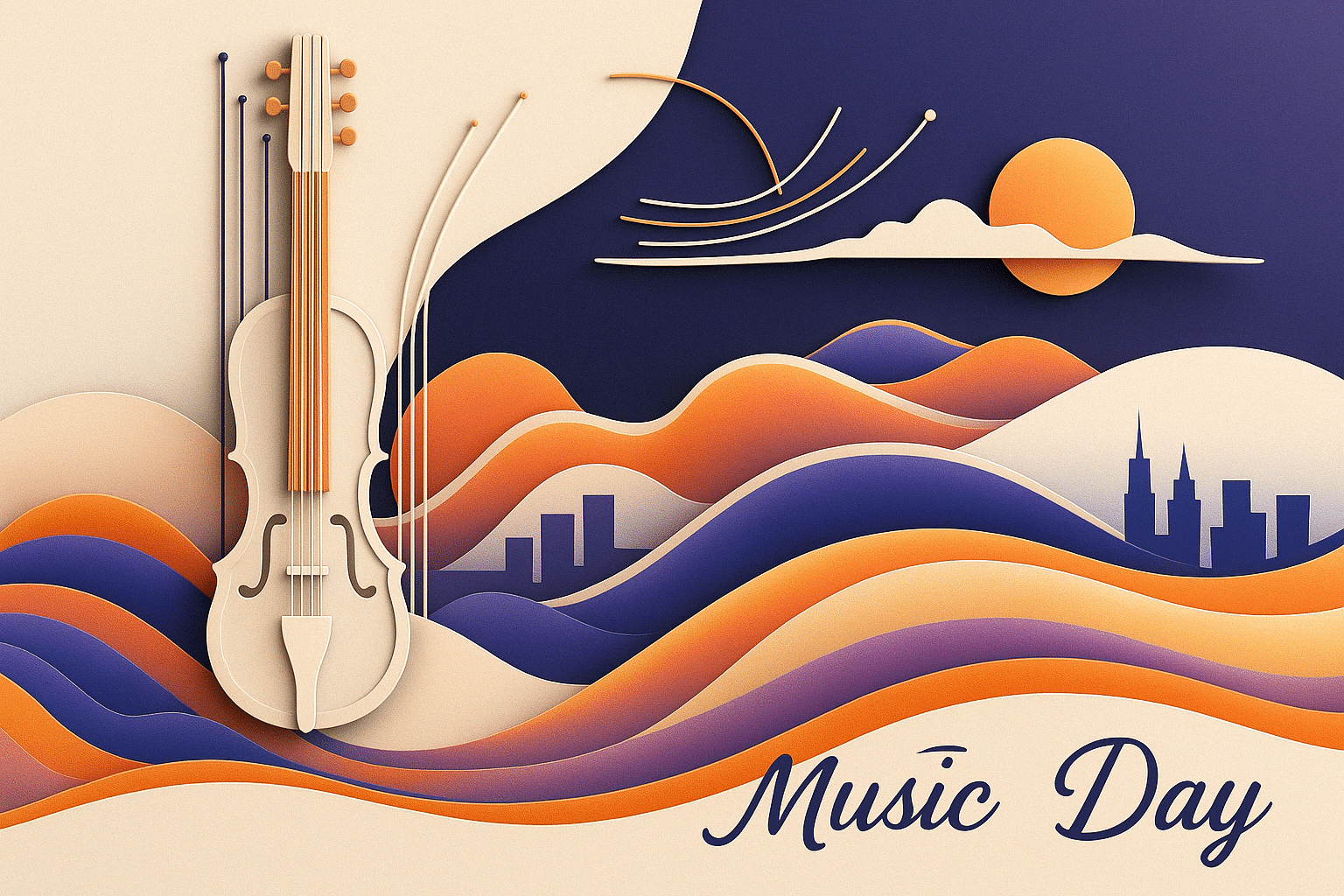What is World Music Day?
World Music Day is held every year on June 21 and is observed worldwide. The day celebrates the universal language of music, encouraging people of all ages and skill levels to participate in musical activities. It aims to make music accessible to everyone, promoting cultural diversity and fostering a sense of community through shared musical experiences.
History and Origin
World Music Day, also known as Fête de la Musique, originated in France in 1982. The initiative was launched by then Minister of Culture Jack Lang and music director Maurice Fleuret. They envisioned a day where free music would be everywhere, encouraging both amateur and professional musicians to perform in the streets. The date of June 21 was chosen to coincide with the summer solstice, symbolizing the connection between music and the rhythms of nature.
Since its inception, World Music Day has grown into a global phenomenon. It is now celebrated in over 120 countries, including the Netherlands, where it has become an integral part of the cultural calendar. The day continues to uphold its founding principles of inclusivity, accessibility, and the celebration of musical diversity.
Who participates in World Music Day?
- Amateur musicians: Share their passion by performing in public spaces.
- Professional artists: Offer free concerts to engage with the community.
- Music schools and academies: Organize workshops and open houses.
- Cultural organizations: Host events that highlight diverse musical traditions.
- General public: Attend performances and participate in musical activities.
Slogans and Themes
World Music Day emphasizes themes of unity, diversity, and the transformative power of music. Common slogans include “Make Music,” “Music for All,” and “Celebrate the Sound of Life.” These phrases encapsulate the day’s mission to bring people together through shared musical experiences and to highlight the importance of music in everyday life.
Colors, Symbols and Patterns
Colors
- Blue: Represents harmony and peace.
- Green: Symbolizes growth and renewal.
- Yellow: Denotes joy and energy.
Symbols
- Musical notes: Illustrate the universal language of music.
- Instruments: Represent the diversity of musical expression.
- Sound waves: Emphasize the vibrancy and dynamism of music.
Patterns
- Rhythmic lines: Reflect the beat and flow of music.
- Colorful mosaics: Symbolize the fusion of different musical cultures.
- Abstract designs: Capture the creativity and spontaneity of musical performances.
Most used hashtags
- #WorldMusicDay
- #FeteDeLaMusique
- #MakeMusicDay
- #MusicForAll
- #CelebrateMusic
How do you celebrate World Music Day?
- Attend local concerts: Enjoy performances by a variety of artists in public spaces.
- Participate in community jams: Join fellow music enthusiasts in creating spontaneous music.
- Explore new genres: Use the day as an opportunity to discover music from different cultures.
- Support local musicians: Purchase music or merchandise to encourage artists in your community.
- Share your music: Perform for friends, family, or neighbors to spread the joy of music.
Why is World Music Day important?
World Music Day is important because it underscores the role of music as a unifying force in society. Music transcends linguistic and cultural barriers, allowing people to connect on an emotional level. By encouraging public participation and free performances, the day democratizes music, making it accessible to all regardless of socioeconomic status.
Furthermore, World Music Day highlights the cultural richness and diversity of musical traditions around the world. It fosters mutual understanding and appreciation among different communities, promoting social cohesion. In the Netherlands, a country known for its vibrant music scene, the day serves as a testament to the enduring power of music to bring people together and enrich lives.
Features
- Arts Literature and Music
